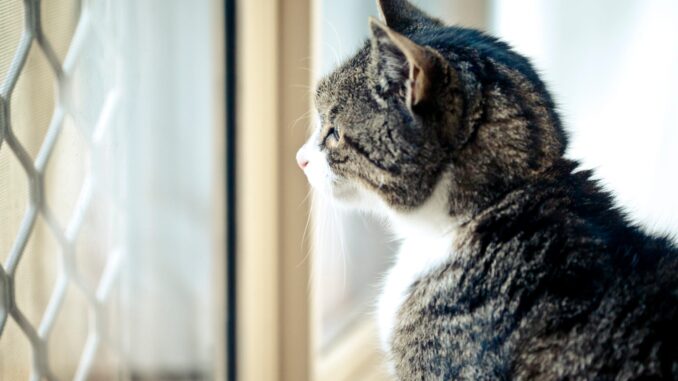
Australian authorities are considering isolating cats, but not because of covid or any other new virus.
Officials are hoping that a 24/7 lockdown for cats is just around the corner in Australia, as figures reveal that billions of unique native animals fall prey to the feline hunters every year.

BYPASS THE CENSORS
Sign up to get unfiltered news delivered straight to your inbox.
You can unsubscribe any time. By subscribing you agree to our Terms of Use
Latest Video
Dean Huxley, an operations director at a wildlife hospital in Perth, told ABC.“The latest statistics show that every year they [pet cats] predate more than 180 native animals; that’s just one pet cat“
RT reports: The total number of kills for one feral cat stands at over 740 per year, according to the 2019 book ‘Cats in Australia: Companion and Killer’, which combined hundreds of studies on the issue.
This means that some three million mammals, two million reptiles, and one million marsupials become victims of cats every single day in Australia. And, according to Huxley, the death toll will only keep growing if something isn’t done.
Cats are evolving and learning about the different wildlife and they’re now getting better at hunting these animals,” he pointed out. “And the more we clear habitat, which we are doing at an alarming rate, these animals have got less places to hide.”
In order to save the endemic wildlife from extinction, local authorities across Australia have already started placing harsh restrictions on the feline hunters.
Cat owners in the city of Greater Bendigo, Victoria have been ordered to keep their pets on their property or face fines, while Adelaide Hills in South Australia has introduced a feline curfew from 8pm to 7am.
The country’s capital, Canberra, plans to place all of its cats on lockdown starting from mid-2022, and the port city of Fremantle in Western Australia (WA) is also planning a clampdown.
The felines are currently banned from bushland areas in Fremantle, but Councilor Adin Lang wants them out of all city property, including roads, verges, and footpaths. This will effectively make them housebound.
His proposal still needs approval from the WA parliament, but its passing could pave the wave for similar curbs across the state and elsewhere in Australia, Lang insisted.
“I think like dogs, cats will soon be inside, and our future generations will look back and say to us: ‘You guys let cats roam around Australia, eating all our wildlife all these years?’” he said.
As for the cats, their owners could build them a “catio” – a special outdoor enclosure – so they could still get some fresh air, Lang added.
“Cats do adjust very well to captivity,” Huxley agreed, but he added that convincing the owners keeping their pets inside isn’t cruel might not be easy.
Pamela Lanigan, spokesperson for the Cats United WA group representing breeder and owners, said she was onboard with the restrictions. However, she pointed out that the most harm hadn’t been done by pet cats, but by several million of their feral counterparts.
In order to limit their numbers, so-called trap-neuter-release programs could be introduced, funded through registration fees paid by cat owners, Lanigan suggested.
“What can be done is they can be trapped, they can be de-sexed and then they can be released back into that environment so they actually can’t reproduce anymore, but they will stop other cats from coming into that environment, and that’s something that’s done a lot in America,” she explained.


